How to Use 好(hǎo)in Five Ways
Almost everyone starts their Chinese language learning journey with the phrase “你好” (nǐhǎo), which means “hello”.
It’s a useful place to start, and a great way to introduce learners to the word “好” (hǎo), which can actually be used in a variety of different ways. Below, I’ll run you through five useful ways to use the word “好”!
i. To greet someone
The first and most obvious way we can use “好” (hǎo) is as a greeting – “你好” (nǐhǎo). In this phrase, “你” (nǐ) means “you” and “好” (hǎo) means “good”, so “你好” (nǐhǎo) literally means “you good”. Alternatively, if you know the name of the person you’re addressing, you can simply add “好” (hǎo) after their name or title.
1)
- “奶奶好” (nǎinaihǎo) – Hello, grandma!
- “王经理好“ (wáng jīnlǐhǎo) – Hello, Manager Wang!
2)
- “大卫好” (Dàwèihǎo)! – Hi, David!
ii. To say “yes” or “okay”
Believe it or not, “好” can also mean “yes” or “okay”.
1)
- 想来点儿啤酒吗? (Xiǎnglái diǎnerpījiǔmā?) – Want some beer? –
- “好” (hǎo)!
If you want to sound more fluent, use “好的” (hǎode) instead.
2)
- 明天早上见! (Míngtiān zǎoshang jiàn!)- I will see you tomorrow morning!
- “好的” (hǎode)!
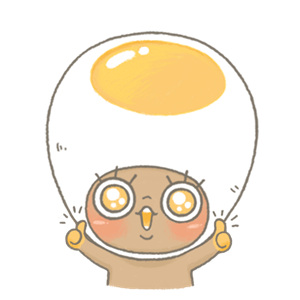
iii. To mean “Very” or “So”: Subject + 好 (hǎo) + adjective
Here’s a more upgraded use of “好” : Use it as an adverb meaning “very” or “so”, to describe the degree of an adjective. Do this by using the pattern “subject + 好 (hǎo) + adjective” and add more emphasis to your statements. Think about it, how would we say “I am so tired”?
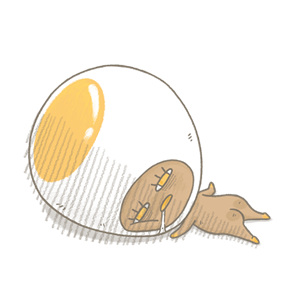
Yup, we’d say:
- “我好累” (wǒhǎo lèi).
“I’m very busy” would be:
- “我好忙” (wǒhǎománg).
“I am so beautiful” would be:
- “我好漂亮” (wǒhǎo piàoliàng).
Above, we used the adjectives “lèi” (累) – tired/ tiring, “忙” (máng) – busy, and “漂亮” (piàoliàng) – beautiful, but it can be used with pretty much any adjective!
iv. To use as an adjective: 好(Hǎo) + verb = adjective!
If you’ve already got a handle on verbs, it’s time to transform them into adjectives!
By adding “好” (hǎo) before basic verbs, we can turn them into adjectives.
To help you understand, take a look at the following table:
| 好(hǎo) | Verb | Adjective |
|---|---|---|
| 吃(chī) – to eat | 好吃 (hǎochī) – good taste / tasty | |
| 喝(hē) – to drink | 好喝(hǎohē) – good drinking / tasty | |
| 看(kàn) – to look | 好看(hǎokàn) – good looking / beautiful / good to watch | |
| 听(tīng) – to listen | 好听(hǎotīng) – pleasant to hear | |
| 玩(wán) – to play | 好玩(hǎowán) – fun / interesting |
1)
- 沙拉好吃吗? (Shālāhǎochī mā?) – Is salad tasty?
- 好吃! (Hǎochī!) – Yummy!
2)
- <权利的游戏>太好看了! (Games of Thrones tàihǎokàn le!) – Games of Thrones is really good!
- 真的吗? (Zhēndemā?) – Really?
3)
- 那个女孩真好看! (Nà gè nǚháizhēnhǎokàn!) – That girl is really beautiful!
4)
- 可乐很好喝! (Kělè hěnhǎohē!) – Cola is really tasty!
5)
- 我想去旅游! (Wǒxiǎngqùlǚyóu!) – I want to go travelling!
- 北京应该很好玩. (Běiīngyīnggāihěnhǎowán.) – Beijing should be fun!
Let’s study an example with the “好(hǎo)+ verb = adjective” pattern and the “subject + 好(hǎo) + adjective” structure used together.
- 啊, 火锅好好吃! (A! Huǒguōhǎo hǎochī!) – Hot pot is so tasty!
火锅(Huǒguō) is hot pot – a very popular dish in China.
In this example, the first 好(hǎo) is from the “subject + 好(hǎo) + adjective” pattern. The second is from the “好(hǎo) + verb = adjective” structure.
It’s pretty scary looking, but it can be understood as “subject + 好(hǎo) + 好(hǎo) + verb”.
v. To indicate the status of a verb: Verb + 好(hǎo)
If you’ve been studying Chinese for a while already, you might already know that we often use the “verb + …” structure to indicate the status of verbs. If we put 好(hǎo) after a verb, it implies that 1) something is done to completion, or2) it is done well.
Let see some examples:
| Verb | 好(hǎo) | Adjective |
|---|---|---|
| 吃(chī) – to eat | 吃好(chīhǎo) – finished eating | |
| 喝(hē) – to drink | 喝好(hēhǎo) – finished drinking | |
| 看(kàn) – to look | 看好(kànhǎo) – finished browsing/ watching | |
| 想(xiǎng) – to think | 想好(xiǎnghǎo) – finished thinking (have an idea) |
1) – 你吃好了吗? (nǐchīhǎo le mā?) – Have you finished eating?
– 我吃好了! (wǒchīhǎo le!) – I am done with eating!
2) – 你喝好了吗? (nǐhēīhǎo le mā?) – Have you finished drinking?
– 我喝好了! (wǒhēhǎo le!) – I am done with drinking!
3) – 你想好去哪里吗? (nǐxiǎnghǎo qù nǎlǐmā?) – Do you already have an idea where you are going?
– 我想好了! 我想去北京! (wǒxiǎnghǎo le! Wǒxiǎng qù Běijīng!)
“Verb + 好(hǎo)” structure means the completion of actions. You might have noticed that we often use “了 (le)” as well, which indicates the change of tense, to th past tense.
Summary:
There are four ways we can use “好” (hǎo), away from its base meaning of “good”. Each will help to move your Chinese forward!
1) To greet someone: name + 好(hǎo)
2)To mean “yes” or “okay”: 好(hǎo) / hǎo de (好的)
3) To mean “Very” or “So”: (Subject) + 好(hǎo) + adjective
4) To use as an adjective: 好(hǎo) + verb = adjective
5) To indicate the status of a verb: Verb + 好(hǎo)
Who knew such a simple word could be so useful?


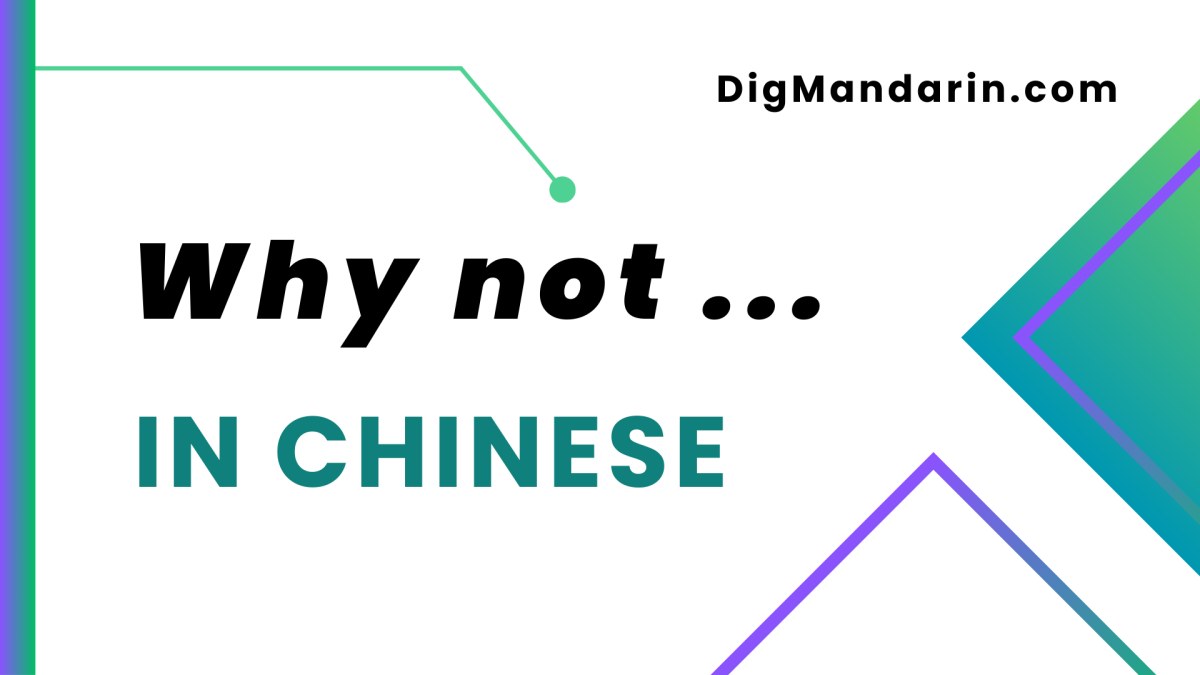
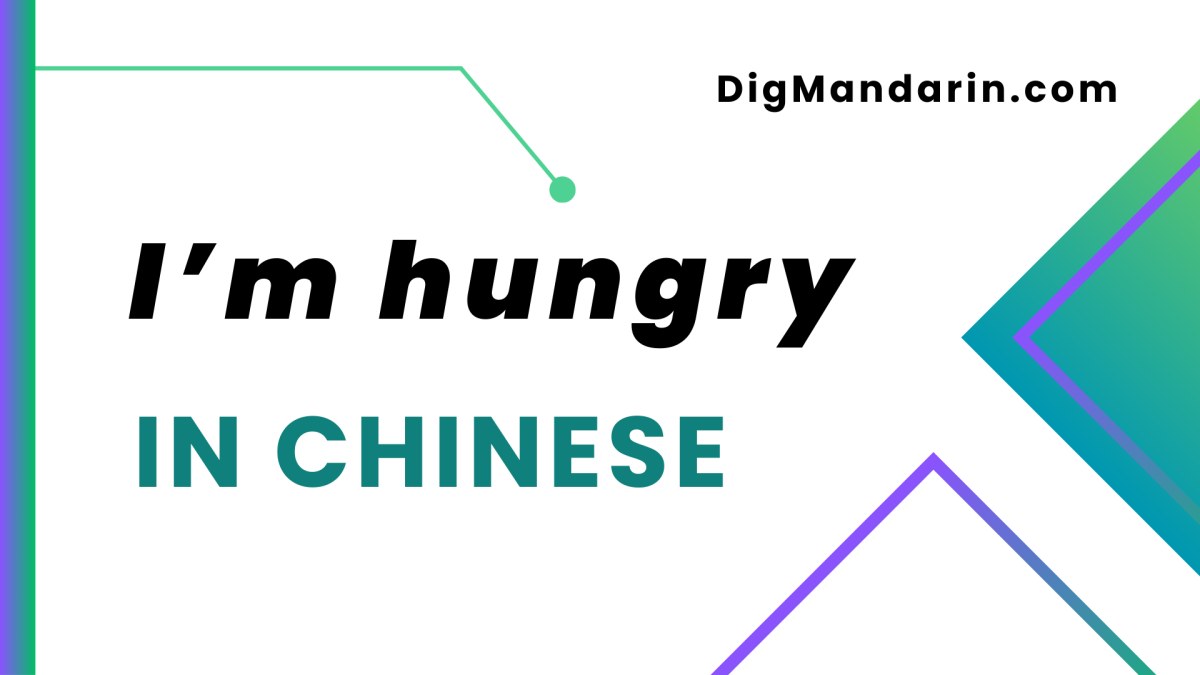
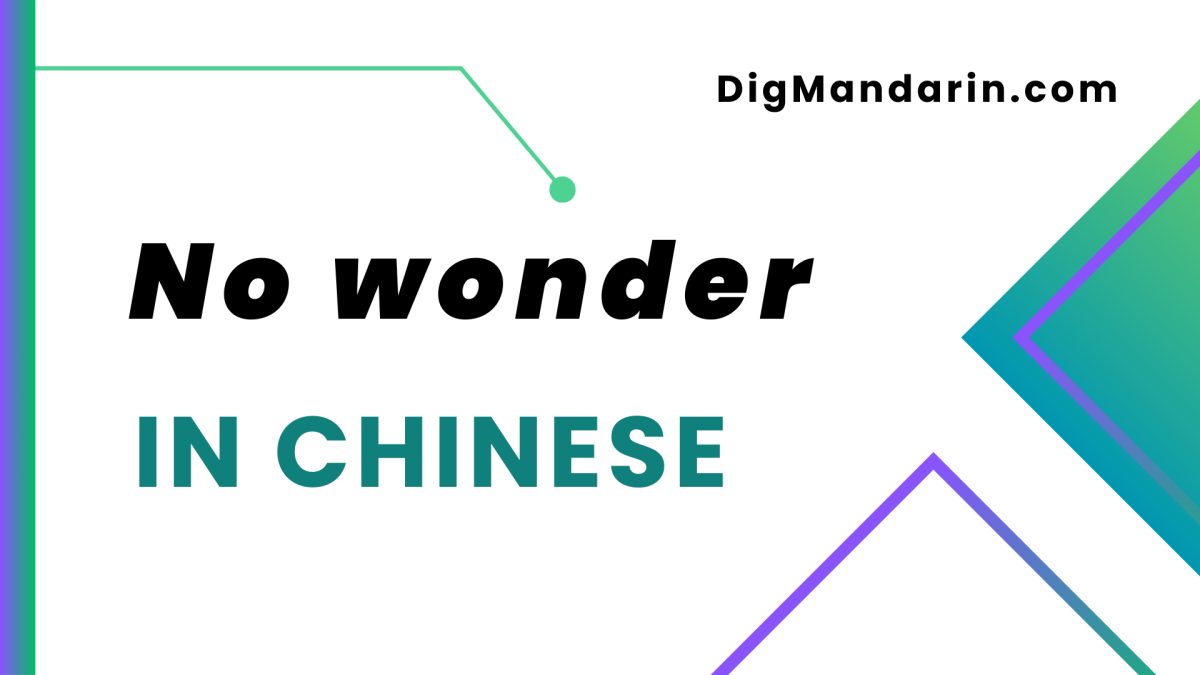
How about 好 in 好面子? what kind of structure does it fall under?